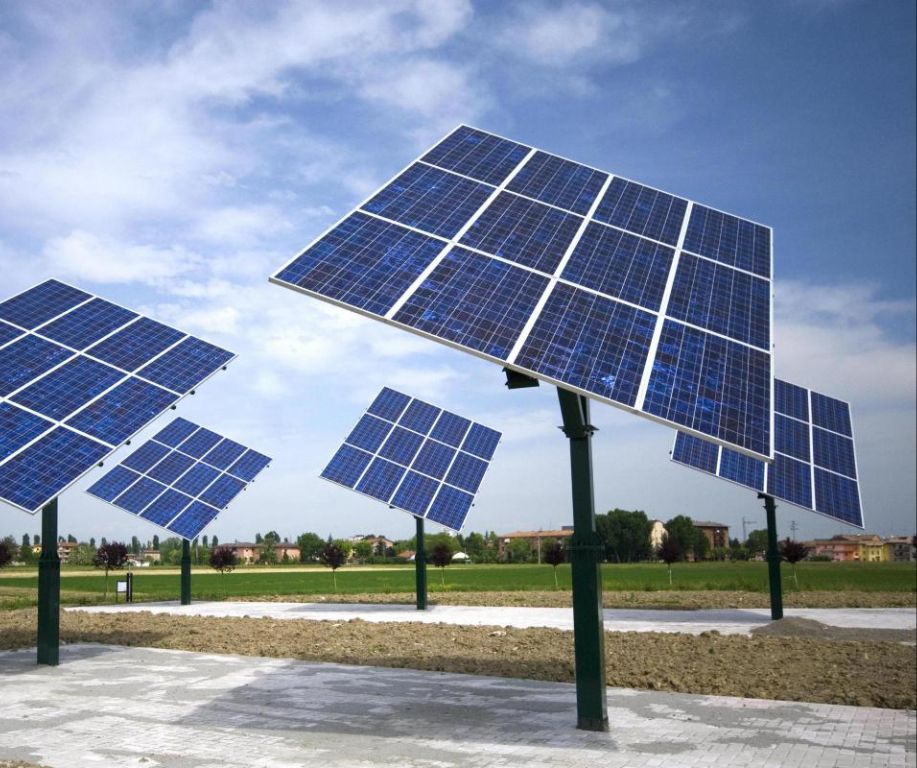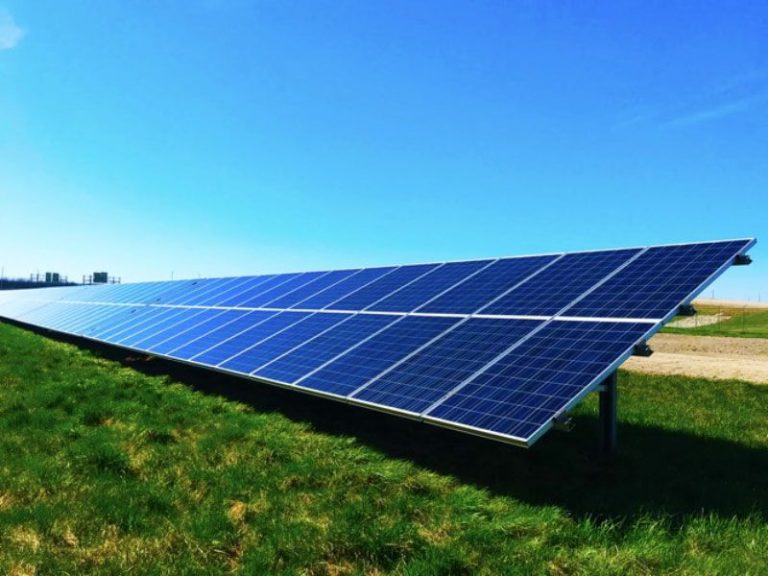What Are The Most Common Application For Solar Energy?

Solar energy is the radiant energy from the sun that is harnessed using various technologies such as solar heating, photovoltaics, and concentrated solar power. Solar energy technologies harness this radiant energy and convert it into useful forms of energy such as heat and electricity.
There are many common uses and applications for solar energy in daily life. The most popular uses include solar water heating, solar pool heating, solar space heating and cooling, solar cooking, solar lighting, solar vehicles, and solar electricity generation. Solar thermal power plants also utilize solar energy on a large scale to generate electricity.
This article provides an overview of the most common uses of solar energy and their key applications in households and industry.
Solar Water Heating
Solar water heating is one of the most common applications for solar energy, especially for residential use. Solar thermal collectors capture heat from the sun and use it to warm up water for domestic, commercial, or industrial use [1]. Solar water heating systems can provide substantial cost savings compared to conventional water heaters. According to one study, solar water heating systems can provide 50–80% of residential hot water needs and reduce conventional water heating bills by 50–80% [2].
Solar water heating also provides environmental benefits by reducing reliance on fossil fuels. The use of solar thermal energy for water heating displaces greenhouse gas emissions from natural gas, heating oil, or electricity that would otherwise be used. One analysis estimates that widespread global adoption of solar hot water could reduce carbon dioxide emissions by over 50 megatons per year [3].
Despite the financial and environmental advantages, adoption rates of solar water heating in some countries remain low due to the high upfront costs of purchasing and installing the systems [1]. However, government incentives and rebates are helping to make solar thermal systems more affordable and drive increased adoption.
Solar Pool Heating
Solar pool heating is a cost-effective and environmentally friendly way to heat swimming pools. Solar collectors are installed on the roof or around the pool and absorb heat from the sun. This heat is then transferred to the pool water via a pump system (NREL, 1999). According to the US Department of Energy, solar pool heating systems can reduce conventional fuel use by 50%-70% each year (Energy.gov).
Solar collectors for pool heating are typically unglazed flat plate collectors made of a dark absorber plate that readily absorbs heat. The heat is transferred to tubes or channels carrying the pool water. This heated water is then pumped back to the pool (NREL, 1999).
Solar pool heating provides major cost savings compared to using a conventional pool heater run on propane or electricity. According to the Solar Energy Industries Association (SEIA), solar pool heating systems can have a payback period of 1-4 years. After that, the owners enjoy free pool heating for the life of the system, typically 15-20 years (SEIA). With nearly 800,000 solar pool heating systems in operation in the US, it is a proven and effective technology for lowering pool heating bills.
Solar Space Heating
Solar space heating refers to using the sun’s thermal energy to heat a building. There are two primary methods for solar space heating: active systems and passive systems.
Active solar heating systems circulate a liquid or air through solar thermal collectors, which absorb and retain heat from the sun. The heat transfer fluid then circulates through a storage system for use when heating is needed. Active systems require pumps, controllers and some type of heat distribution system (Liu, 2021).
Passive solar heating relies on building design and materials to collect, store, and distribute solar heat. A passive solar home is designed to maximize heat gains in the winter and minimize heat gains in the summer. Strategies include large south-facing windows, thermal mass materials that absorb and slowly release heat, and overhangs or shading devices to block summer sun (Liu, 2021).
Both active and passive solar space heating can provide significant energy savings for residential and commercial buildings. Solar space heating systems can reduce conventional heating fuel consumption by 30-70%, with greater savings in sunnier climates. The upfront costs of solar heating systems can be recouped through utility bill savings over time. With rising energy costs and climate change concerns, solar thermal systems offer a clean, renewable way to heat buildings (Utilities One).
Solar Cooking
Solar cookers and ovens use sunlight as a renewable, clean energy source for cooking, providing many benefits especially for developing countries. Heat from the sun is trapped to cook food and sterilize water in these devices without the need for fuels like wood, charcoal or gas (Otte, 2013). Solar cookers can be a clean, sustainable alternative to traditional cooking methods that produce harmful smoke from fires.
According to Solar Cookers International, more than 2.5 billion people across the world rely on biomass like wood or charcoal for everyday cooking needs (Solar cooking in developing countries, 2022). Solar cookers can help reduce reliance on scarce firewood in developing countries, decreasing deforestation and reducing time spent collecting firewood, often by women and children. Families can allocate more time to education or income generation (Energy5).
Solar cookers also help eliminate health risks from smoke inhalation from traditional cookstoves, reducing household air pollution that causes nearly 4 million premature deaths annually according to the World Health Organization. By providing a smoke-free way to cook, solar cookers can significantly benefit health, especially for women and children most exposed to cookstove smoke.
Solar Lighting
Solar lighting is commonly used for outdoor lighting applications such as street lamps, parking lot lighting, pathway lighting, and sign illumination. The key advantages of solar lighting over traditional electric lighting include reduced energy costs, no wiring required for off-grid installations, and environmental benefits from renewable energy use.
Solar-powered street lights are a major application of solar lighting. The global solar street lighting market size was valued at $5.7 billion in 2019 and is projected to grow at a CAGR of 14.1% from 2020 to 2030 according to a report from P&S Market Research [1]. Factors driving the growth of solar street lighting include rapidly decreasing costs, easier installation versus wired lighting, and energy and cost savings.
Solar lighting provides an economical, eco-friendly lighting solution for many outdoor applications, with continual improvements in LED efficiency and solar panel technology further increasing adoption. Advances like smart controls allow solar lighting to dim or brighten automatically in response to ambient light conditions and motion detection, optimizing energy use.
[1] https://www.psmarketresearch.com/market-analysis/solar-street-lighting-market
Solar Vehicles
Solar energy can be used to power various modes of transportation including cars, boats, and planes. Solar powered vehicles work by converting sunlight into electricity using solar panels mounted on the vehicle. The electricity is then either used immediately to run the vehicle’s motor or is stored in a battery for later use.
Solar powered cars first emerged in the 1980s and have become increasingly popular in recent years. Major car manufacturers like Toyota, Hyundai, and Lightyear have developed solar electric vehicles with integrated solar panels that can charge the battery while driving. For example, the Lightyear One is able to add up to 44 miles of range per day from sunlight alone (source). Solar boats and planes have also been developed using similar technology.
The solar panels mounted on the vehicle provide supplemental power to reduce reliance on charging infrastructure. Solar vehicles still require charging from the grid, but the solar panels extend their range and efficiency. Advances in solar technology and decreased costs are making solar powered transportation more viable. However, some challenges remain such as limited surface area on vehicles for solar panels and lower efficiency compared to stationary applications.
Solar Electricity Generation
Solar electricity generation has seen massive growth in the last decade, with solar accounting for 15.9% of electricity from renewable sources in 2022, up from 13.5% in 2021 (Ecowatch). As of January 2023, 73.5 gigawatts (GW) of utility-scale solar capacity was operating in the United States, about 6% of the U.S. total electricity generation capacity (EIA).
Major utility-scale solar projects in the form of solar farms have propelled growth in solar electricity generation. Top producing states for utility-scale solar include California, Texas, Florida, Arizona, and North Carolina. Large-scale solar projects like the 579 MW Solar Star project in California and the 300 MW Desert Sunlight project in Arizona exemplify how solar farms can provide hundreds of megawatts of solar power capacity.
Distributed rooftop solar has also expanded access to solar electricity generation. Over 4 million homes and businesses have installed rooftop solar panels as of 2021. While individual systems may range from 5-10 kilowatts, together they account for significant cumulative solar capacity nationwide. Rooftop solar provides households and businesses the ability to generate their own electricity and offset grid purchases.
Solar Thermal Power Plants
Solar thermal power plants, also known as concentrated solar power (CSP) plants, generate electricity by converting solar energy into high-temperature thermal energy. This thermal energy is then used to boil water into steam, which spins a turbine that generates electricity. A key advantage of CSP plants is their ability to include thermal energy storage, allowing them to continue generating electricity even when the sun is not shining.
CSP plants use mirrors to concentrate sunlight onto a receiver, which holds a heat transfer fluid that can reach very high temperatures up to 1000°F. The thermal energy captured by the heat transfer fluid is then used to create steam to drive a turbine. There are different CSP technologies that use various mirror configurations, receivers, and heat transfer fluids.
The two largest CSP plants in the United States are the Genesis Solar Energy Project in California with 250 MW capacity and the Nevada Solar One plant with 69 MW capacity. CSP plants with thermal storage can continue generating electricity for several hours after sunset. This allows CSP to provide renewable power on demand, even when the sun is not shining.
CSP provides a unique benefit among solar energy technologies by incorporating thermal energy storage, allowing generation during peak demand periods. As a utility-scale clean energy solution, CSP has the potential to provide renewable electricity to meet large-scale needs.
Conclusion
Solar energy has a wide range of applications that are becoming increasingly popular as the technology improves and costs continue to fall. The most common applications for solar that were discussed include solar water heating, solar pool heating, solar space heating, solar cooking, solar lighting, solar vehicles, solar electricity generation, and solar thermal power plants.
As the solar industry continues its rapid growth, these applications are expected to expand further. The SEIA predicts that over the next 5 years, the total U.S. solar market will grow over 60% as solar becomes even more cost competitive with conventional energy sources. With advancements in battery storage technology and electric vehicles as well, solar electricity will play a key role in powering homes, businesses and transportation. The future is bright for increased adoption of solar across all sectors.






